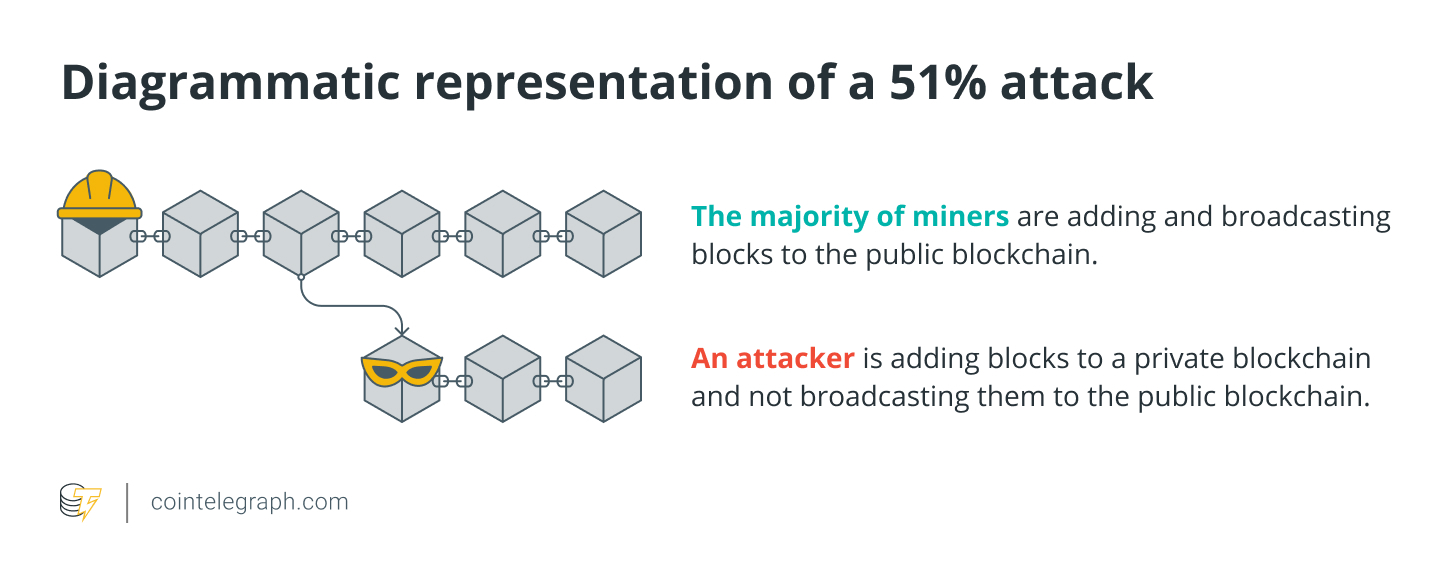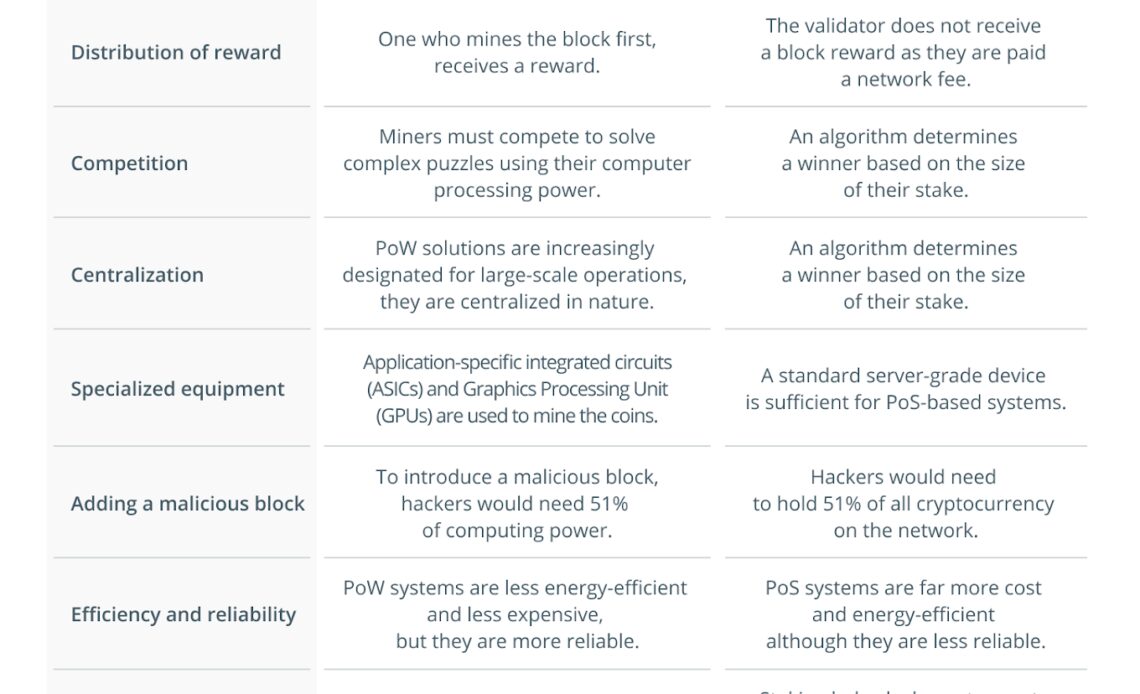Despite being underpinned by blockchain technology that promises security, immutability, and complete transparency, many cryptocurrencies like Bitcoin SV (BSV), Litecoin (LTC) and Ethereum Classic (ETC) have been subject to 51% attacks several times in the past. While there are many mechanisms by which malicious entities can and have exploited blockchains, a 51% attack, or a majority attack as it is also called, occurs when a group of miners or an entity controls more than 50% of the blockchain’s hashing power and then assumes control over it.
Arguably the most expensive and tedious method to compromise a blockchain, 51% of attacks have been largely successful with smaller networks that require lower hashing power to overcome the majority of nodes.
Understanding a 51% attack
Before delving into the technique involved in a 51% attack, it is important to understand how blockchains record transactions, validate them and the different controls embedded in their architecture to prevent any alteration. Employing cryptographic techniques to connect subsequent blocks, which themselves are records of transactions that have taken place on the network, a blockchain adopts one of two types of consensus mechanisms to validate every transaction through its network of nodes and record them permanently.
While nodes in a proof-of-work (PoW) blockchain need to solve complex mathematical puzzles in order to verify transactions and add them to the blockchain, a proof-of-stake (PoS) blockchain requires nodes to stake a certain amount of the native token to earn validator status. Either way, a 51% attack can be orchestrated by controlling the network’s mining hash rate or by commanding more than 50% of the staked tokens in the blockchain.
To understand how a 51% attack works, imagine if more than 50% of all the nodes that perform these validating functions conspire together to introduce a different version of the blockchain or execute a denial-of-service (DOS) attack. The latter is a type of 51% attack in which the remaining nodes are prevented from performing their functions while the attacking nodes go about adding new transactions to the blockchain or erasing old ones. In either case, the attackers could potentially reverse transactions and even double-spend the native crypto token, which is akin to creating counterfeit currency.

Needless to say, such a 51% attack can compromise the entire network and indirectly cause great losses for investors who hold the native…
Click Here to Read the Full Original Article at Cointelegraph.com News…
























